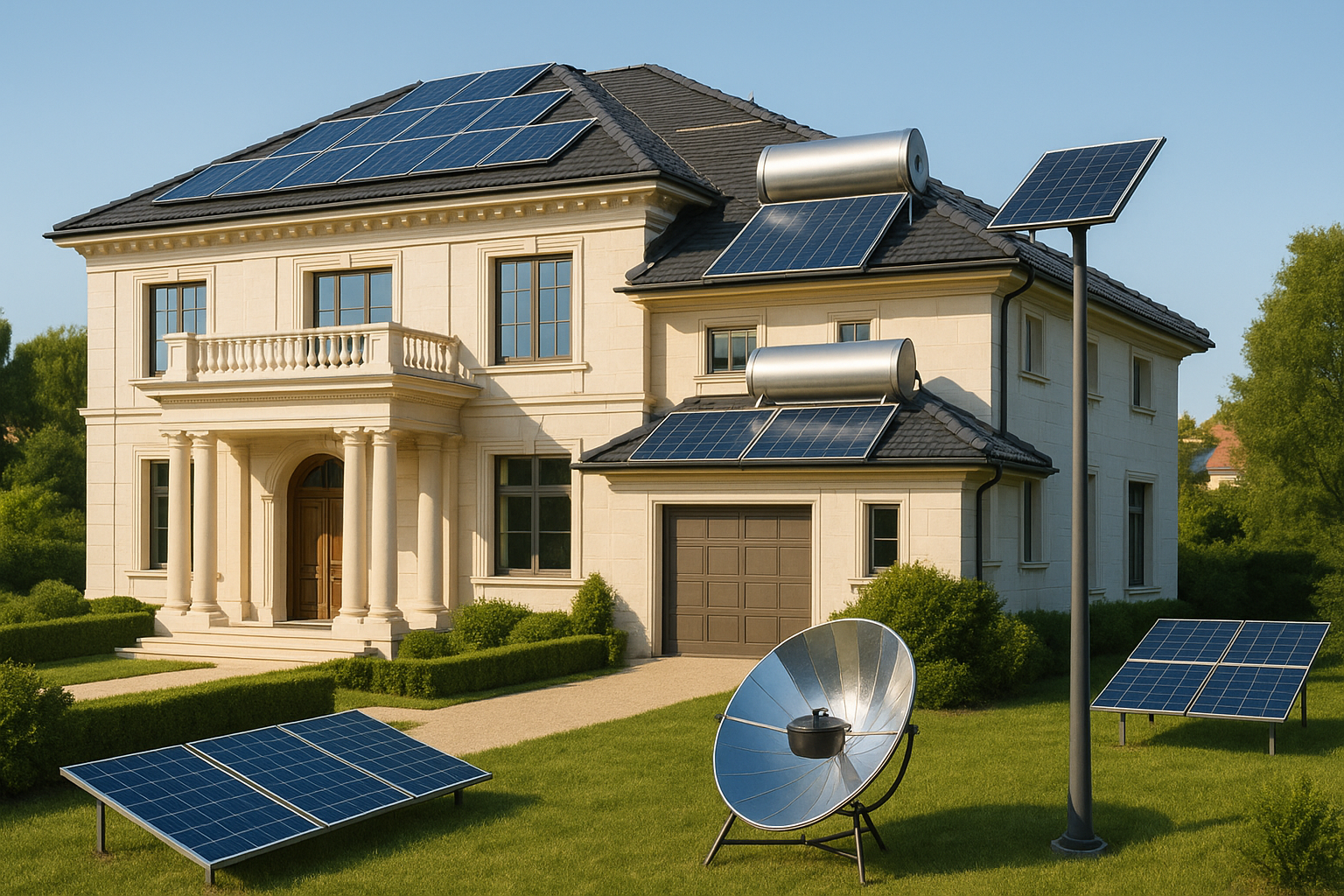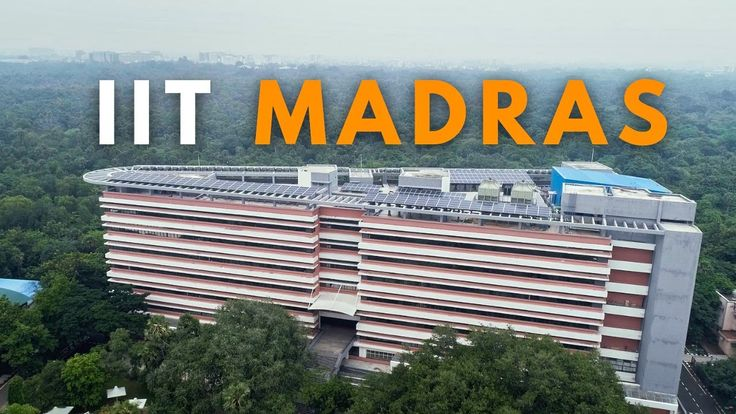The Advantages and Disadvantages of Solar Energy: A Balanced Look at India's Brightest Power Source
During the last couple of years, solar energy has become one of the strong competitors in the renewable energy market of India. As the government undergoes pressure to go green and be less dependent on fossil fuels, solar has grown to be the most discussed solution in the shortest possible time. However, the rise of adoption in homes, businesses, and the infrastructures is doing its rounds, and it is important to know the advantages as well as the challenges of this commodity that is steadily gaining momentum.
The Bright Side of Solar Power
1. Green and renewable
Solar energy is non polluting and 100 percent renewable. It does not emit carbon to the atmosphere when in operation hence one of the cleanest sources of electricity. As India has set the agenda of becoming net-zero in 2070, solar power will be playing a major role in the environment to set a green future.
2. Energy Independence
Solar minimises reliance on coal, oil and foreign energy. This is crucial to rural and distant areas where grid connection is weak or not reliable. Having panels in the places of their dwelling, the households will be able to potentially produce their own electricity, and even sell some of the surplus back to the power grid.
3. Long-Term Savings
Although installation cost is still quite high on first installation of the solar systems, it reduces the electricity bills substantially in the long run. The residential solar in India has an average payback between 4 to 7 years depending on the location and use.
4. Government Incentives
The Indian government has subsidies (up to 40 percent on the residential rooftops), tax incentives, and net metering provisions. These programs make solar affordable to average income homes and small enterprises.
5. Minimal Maintenance
Maintenance of solar panels is minimal all that is necessary is periodical cleaning and inspection. The systems have no moving parts, and as a result, they are very durable and warranties of 20–25 years are likely to be offered.
The Challenges Behind the Shine
1. Large start up price
Although the cost of installation of a photovoltaic system ( 60,000 to 1, 50,000/kW) is subsidised, it is a constraint to many homes. The financing is becoming better however, it is still an area of concern in lower-income segments.
2. Weather Dependence
Solar output is directly influenced by sunlight availability. Cloudy days, rain, and dust pollution can reduce efficiency. This intermittent nature makes solar less reliable without storage or grid support.
3. Storage is Expensive
Battery systems are necessary in order to go fully off-grid or be able to have backup when there is a power cut. Yet, such ones are expensive and are not common among residential arrangements yet.
4. Space Requirement
Not every building can be fixed with proper rooftop space, more so in the crowded urban areas. Also, large shading by the buildings or trees may lower the system efficiency.
5. Disposal Impact & Manufacturing
Whereas solar energy is a green energy, the manufacturing and disposing of the solar panels can become a matter of environmental concern. The materials of certain parts are rare or toxic and India is not at all advanced about the recycling industry.
India’s Solar Milestones
In June 2025, India reached the 82+ GW of solar installed capacity, becoming the fifth-largest solar market in the world. Rooftop solar powered homes A project such as PM Surya Ghar Muft Bijli Yojana is a clear indication that there is political and citizen commitment towards rooftop solar as the project aims to provide solar power to 1 crore homes.
Examples of states that have adopted solar on a large percentage are Rajasthan, Gujarat and Tamil Nadu whilst States such as Delhi, Maharashtra and Kerala are rapidly improving on rooftop installations.
Expert Opinion
Dr. Neha Singh, Renewable Energy Analyst at TERI, said:
"The use of solar energy will remain part of the strategy in the decarbonization of India. But better financing, awareness publications and improvement in battery storage is required to make it mass adoptable."
Conclusion
Solar energy will not be a silver bullet but it will present India with a golden opportunity to resolve the issues of energy access as well as establishment of climate change. Since technology is changing and costs are reducing, the solar power benefits are bound to go above its current shortcomings. Policymakers, businesses, and other citizens have to collaborate to embrace solar energy as a full-fledged sector of energy production in the Indian future.



